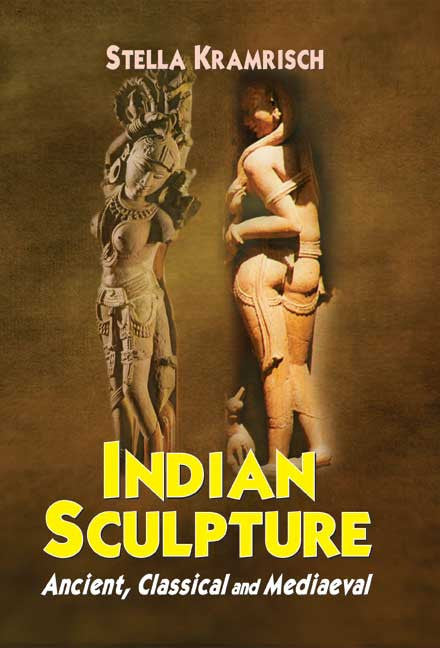Indian Sculpture: Ancient, Classical and Mediaeval
Indian Sculpture: Ancient, Classical and Mediaeval - Paperback is backordered and will ship as soon as it is back in stock.
Couldn't load pickup availability
Anyone with an understanding of art in general and a knowledge, however slight, of Indian things, will, on being shown a work of Indian sculpture, unfailingly label it Indian. Differences in age and origin, however clearly marked to the discerning eye, when pointed out to the outsider, will be apprehended only with more or less difficulty. There is something so strong, and at the same time unique, in any Indian work of art that its 'Indianness' is felt first of all, and what it is, is seen only on second thought.
How this Indianness is expressed in terms of relation between line, surface, volume and other elements of visulisation is dealt with in this book. There are permanent qualities throughout the fabric of Indian sculpture which are discussed in detail. These essential qualities, all inter-related and inseparable, contain within their compass the life of Indian plastic art.
The book surveys the structure of Indian sculpture in its relevant aspects. The underlying and essential qualities are viewed in their permanency throughout the special conditions that the single monuments imply. Their outward connections, geographical and chronological, are seen to resolve themselves into ethical problems and those of the artistic process itself.
While stylistical investigations are the basis of this book, Indian sculpture is dealt with as conditioned by the Indian craftsman. His consciousness makes him known to himself as a part of nature and his work is the form of this 'naturalism'. Its degree and aspects vary according to the levels of his consciousness.
Review(s)
About the Author(s)
STELLA KRAMRISCH was professor at the University of Pennsylvania and Curator of Indian Arts at the Philadelphia Museum of Arts. She was also previously Professor of History of Indian Art at the University of Calcutta. Her books on Indian Art are now considered classics.
-
Pages
-
Edition
-
Size
-
Condition
-
Language
-
Weight (kg)
-
Publication Year
-
Country of Origin
-
Territorial Rights
-
Reading Age
-
HSN Code
-
Publisher




